People who use a search engine to look for custom Air Force badges or airplane models tend to have something very specific in mind. But just because they search for it doesn’t mean they’re ready to buy.
For example, if someone does a Google search for “Cessna Citation model,” what is the user’s intent is behind that search term? Where does that user intent figure into setting up a Google Shopping Campaign?
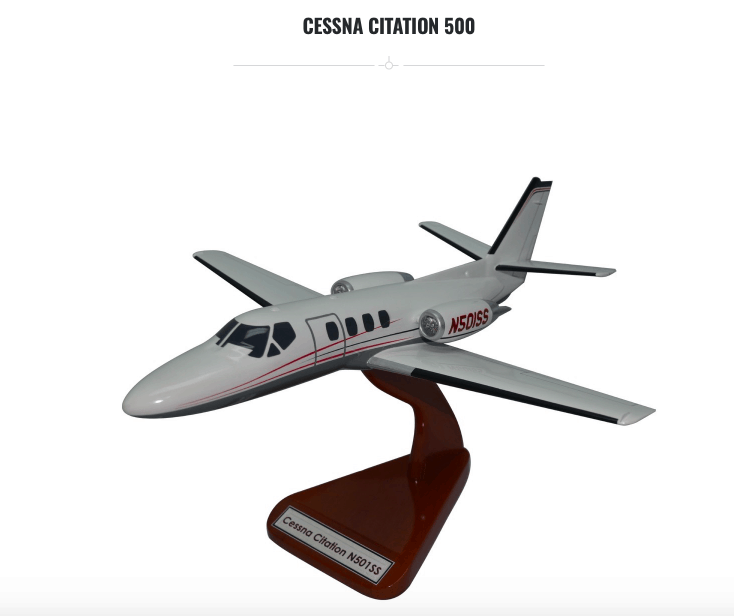
Is the person ready to buy a model right then and there? Or is the person just researching? Trying to see what’s available?
From our work with Aviator Gear and other clients, we’ve found it’s often people in the research phase of their buying journey. For that reason, those first clicks after a search don’t always represent a high buying intent.
This “research phase” audience are usually first-time visitors and usually have a high CPA and low return on ad spend (ROAS).
In contrast, return visitors tend to convert at a higher conversion rate.
Note: Want help getting better results from your PPC campaigns? We can help. Contact us here.
How to Increase ROAS with Audience Lists
Knowing that return visitors convert at higher rates than first-time visitors, we’ve developed a strategy to take advantage of this segment.
By using these strategies, we lowered the cost per acquisition for aviatorgear.com from $46 to $7. We also increased their ROAS from 395% to 1019%.
Here’s are the exact steps we took:
1. We Bid Higher on Past Site Visitors and Newsletter Subscribers
First, we keep our product-level CPC bids low and bid more aggressively with a higher max CPC on our remarketing lists. For Aviator Gear, that includes:
- All site visitors: anyone who had previously visited the website
- All Aviator Gear email subscribers
- Anyone who viewed a specific category on their site
This bid strategy is intended to maintain visibility at a lower average CPC for a lower converting segment of our audience—while bidding anywhere from 1.5 to 3 times the amount on the audiences above.
By bidding lower on the average person clicking on a product, Aviator Gear isn’t paying as much for their initial interest or when they might be comparing competitor sites.
Instead, we set up their PLA Shopping campaign structure to bid higher on a user’s subsequent product search queries (when they’re more likely to be ready to purchase).
Shopping campaigns don’t allow you to add specific keywords to target, but they do allow you to add negative keywords.
We added negative keywords to the new campaign to exclude searches that might trigger client’s products to show, but were not actually related to their products. This helped to further improve the profit margin from the product groups in these campaigns.
2. We Built Category-Level Remarketing Lists to Target Users Based on the Products They Viewed
If a user had previously visited the site and looked at a specific category, such as aircraft models, we’d bid more aggressively to show that user a Shopping campaign ad the next time they searched for a specific model plane on Google.
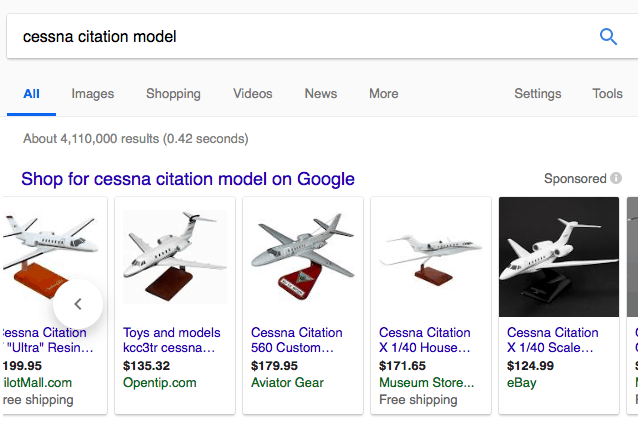
We are able to confidently increase bids for this ad group as the user has already shown interest in those products, thereby making them a low funnel target. These product ads had a good click-through rate (CTR) because of that as well.
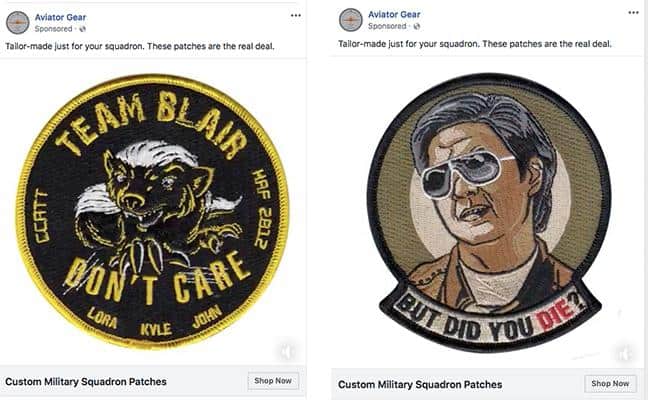
3. We Made Frequent Google Ad Bid Adjustments to Accommodate the Constantly Changing Search Landscape
There is no set-it-and-forget-it strategy when it comes to PPC.
As we collect more data, it’s always important to adjust our strategy based on the results we’re generating for clients. There is an ongoing Google Adwords optimization element to this where we regularly adjust product level bids, as well as audience list bids as campaign performance shifts so that we can maximize CPA and reach or exceed a target ROAS.
Note: Is your data feed optimized? An up-to-date product feed is also an important element. Your Google Shopping Feed should reflect your current products in real-time so that you don’t pay for clicks that go to a landing page for an out of stock product.
Looking for the Next Great Google Shopping Campaign Strategy
While this overall strategy is working great to reduce ad spend and improve conversion rates at the moment, we have to remember remarketing lists for search ad (RSLA) bidding strategies weren’t always around, which means we also have to keep our eyes open for the next “latest and greatest” Google PPC strategy to hit the paid search market.
Lowering the cost per acquisition was the profit maximizer for these Google Shopping ads, but for another business the opportunity might be something different. This is why our marketing process involves trying different campaign types including (but not only) Shopping to find what marketing strategy works.
Note: If you’re interested in developing a full PPC strategy for your eCommerce business, we can help. Contact us here.



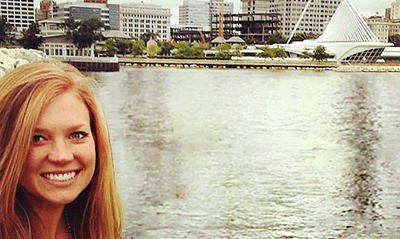
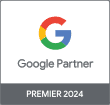






0 Comments